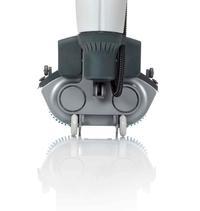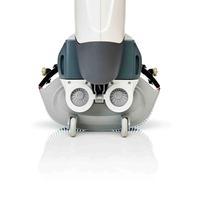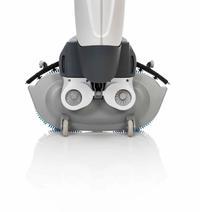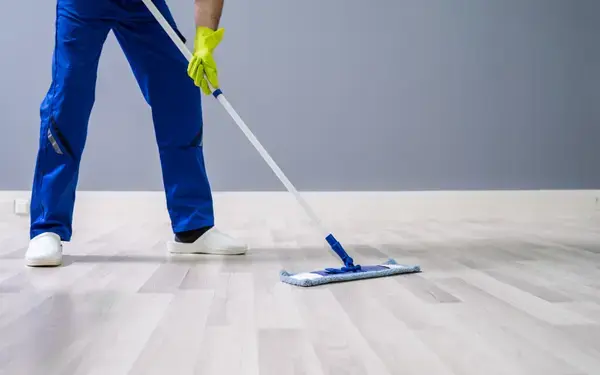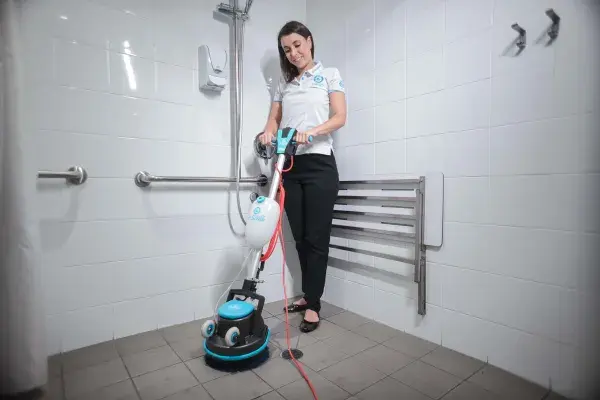You are reading: Can You Clean A Floor With Just Water?
18 September 2022
5min read time
Brooke Payne
Can You Clean A Floor With Just Water?
Share:
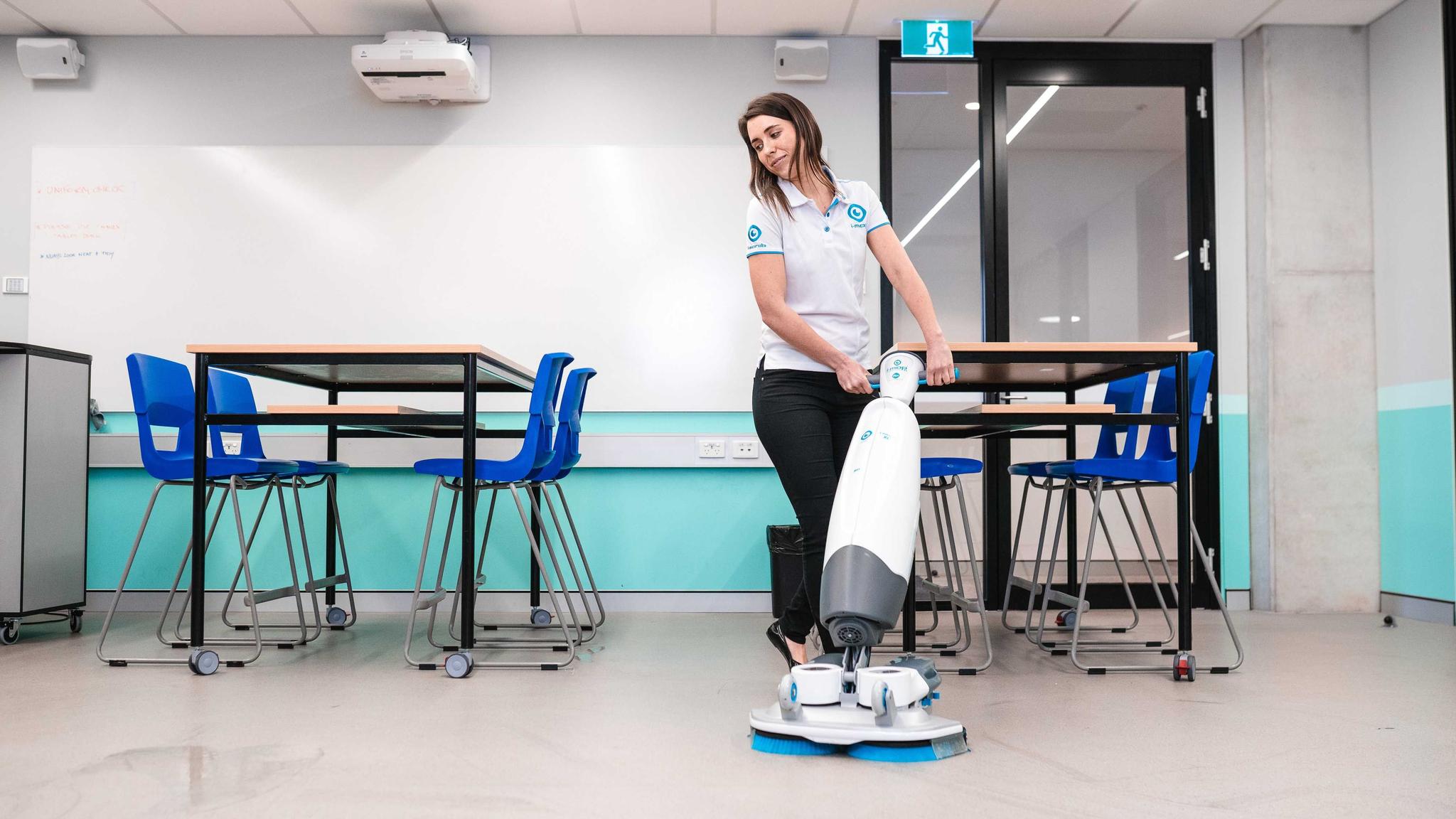
Key Insights
- We've helped donate 25,000,000 litres of clean drinking water to developing countries with Made Blue.
- Made Blue is a charitable foundation with a clear mission: access to clean water for all
It's easy to believe that, to make something clean, you need to use chemicals. Surely you can't clean a floor with only water - can you? The answer is yes: it's been proven that water is often enough to clean efficiently when used in conjunction with a good auto scrubber.
Read below to find out how we tested it for ourselves.
Can water alone clean a floor efficiently?
Would the scrubbing power of the i-mop autoscrubber alone be enough to clean a floor without the use of any cleaning chemicals?
Our revolutionary commercial cleaning machine scrubs floors with dual brushes at a rate of 350 brush rotations per minute, with the full weight of the machine sitting solely on the brushes. The unique feature of not having any weight-bearing wheels touching the ground while cleaning is what gives the i-mop such scrubbing and dirt removal power.
We put it to the test, measuring the floor cleanliness before and after cleaning with the industrial mop.

Test conditions
Location: The mess area of a low-to-medium traffic commercial office environment.
Floor type: Polyflor Expona Design unsealed vinyl plank with a moderately textured surface – the texture tends to hold soil in the grooves making the floor relatively difficult to clean.
Equipment
- The i-mop xl Pro
- Green Twister pads (daily maintenance pad)
- Water in the solution tank
Test process:
- Swab test area before cleaning
- Clean with the i-mop
- Allow 3 mins drying time
= Swab test area after cleaning
Read this comparison between the i-scrub 21B and m3 motorscrubber small floor scrubbers.

How we measured the level of cleanliness
We used an ATP testing device from our i-know kit. ATP is a commonly accepted testing methodology defined on Wikipedia as “a process of rapidly measuring actively growing microorganisms through detection of adenosine triphosphate, or ATP”. Simply put, the higher the ATP test score, the dirtier the surface.
In this test case, conducted in a commercial office in Australia, being a non-critical environment (a critical environment, for example, would be a food production plant), the typically accepted maximum ATP score is 100.
As you'll see in the video, the ATP test result before cleaning was 155. After cleaning with the industrial floor mop, the i-mop , and just water, it was 54, which is well under the typically acceptable maximum score of 100.
So yes – you can actually clean a floor with the i-mop floor scrubber and just water!
Common Questions Answered
Why do floors get sticky after mopping?
A common mopping mistake is using the same bucket of water for the entire cleaning session. Dirty water can reapply grime and cleaner onto the floor, leaving it sticky after mopping. To prevent this, change your mop water regularly to keep it fresh and effective.
What do professionals use to clean floors?
Additionally, professionals often rely on specialized equipment like floor stripping machines, sweeping machines, and carpet extractors, each designed for specific floor types and cleaning needs. Many also choose the i-mop, a versatile machine that combines the maneuverability of a mop with the power of a scrubber for even more efficient floor care.
What is the best method of mopping?
Dip your mop into the bucket of water and detergent, then wring it out. The mop should be damp but not overly wet, as excess water can damage the floor. Mop a section of about five to six square feet, moving backward to avoid leaving tracks. If you're using a sponge mop, move in figure eight motions for best results.
References
https://www.today.com/home/how-clean-hardwood-floors-101-t71716
Can you clean a floor with just water?
Products featured in this article
Media & Insights
Join the movement that's changing what clean means.
Be part of a cleaner world. Get a live demo at a time that suits you.
Book a Demo